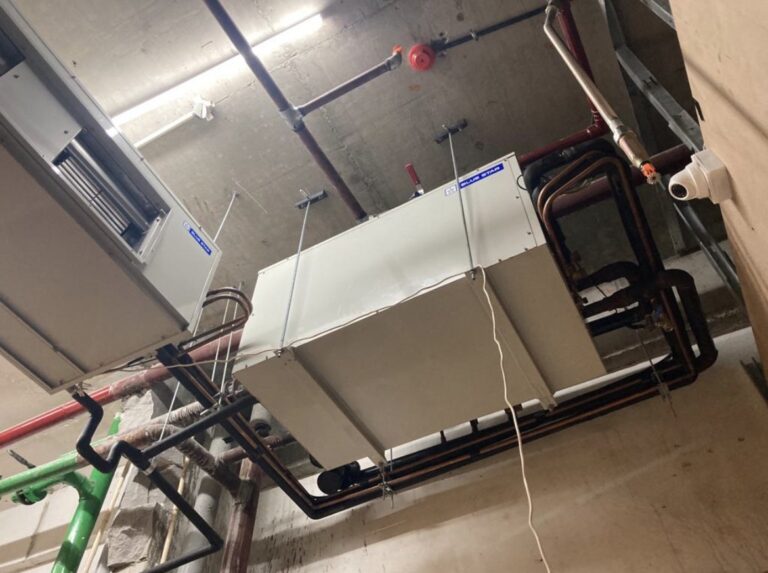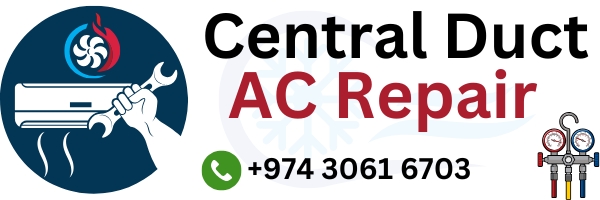DX Unit Install & Repair

DX Unit Installation and Repair: A Comprehensive Guide:
A DX (Direct Expansion) unit is a type of air conditioning system commonly used for both residential and commercial applications. Unlike chilled water systems, DX units cool the air by directly expanding refrigerant in the evaporator coil. These units are typically smaller, more energy-efficient, and easier to install compared to other HVAC systems. Proper installation and timely repairs are essential to maintaining a well-functioning DX unit.
Here’s a comprehensive guide to DX unit installation and repair.
DX Unit Installation
The installation process for a DX unit requires careful planning and proper execution. Below are the key steps involved in installing a DX unit:
1. Preparation and Planning
Before starting, ensure that the DX unit is the correct size and type for the space or building:
- Sizing the Unit: The capacity of the DX unit should match the cooling needs of the area. A unit that’s too large or too small can lead to inefficiency and higher energy costs.
- Location: Choose an appropriate location for the unit. DX units are typically installed in a variety of locations such as rooftops, ground-level slabs, or in mechanical rooms. Ensure the site allows for proper airflow and provides adequate space for maintenance.
Materials Needed:
- The DX unit (indoor and outdoor sections, if split system)
- Refrigerant piping
- Ductwork materials
- Electrical cables and connectors
- Mounting platforms (for outdoor units)
- Insulation materials
- Fasteners and tape
2. Set Up the Installation Location
Once you have chosen the installation site, you must prepare the area:
- Ensure Stability: Make sure the foundation or platform is level and sturdy enough to support the weight of the unit.
- Proper Drainage: Ensure the location allows for proper condensate drainage. Consider installing a condensate pump if the unit is located in an area where gravity drainage is not possible.
3. Position the DX Unit
- Lift and Position the Unit: Depending on the size, you may need equipment like a crane to lift and position the unit. Position the unit where it can achieve maximum airflow, especially for the outdoor condenser.
- Secure the Unit: Make sure that the unit is securely placed on the platform or slab and is level to avoid operational issues.
4. Connect the Refrigerant Lines
- Install Refrigerant Piping: Connect the refrigerant lines from the indoor evaporator to the outdoor condenser. Properly insulate these lines to prevent energy loss and condensation.
- Soldering the Lines: The refrigerant lines must be securely soldered to prevent leaks. Use the correct technique and tools to ensure a tight seal.
5. Electrical Connections
- Power Supply: Connect the unit to a dedicated electrical circuit that meets the unit’s specifications. Always ensure that the unit is wired by a licensed electrician to avoid electrical hazards.
- Wiring: Connect the thermostat or control system to the DX unit. Ensure proper wiring as per the manufacturer’s guidelines to prevent malfunctions.
6. Install the Ductwork (if applicable)
- Connect the Ducts: For split DX units, connect the ducts to the evaporator section. Make sure that the ducts are properly sealed to prevent air leaks.
- Insulate Ducts: Insulate the ducts in unconditioned spaces like attics to avoid energy loss.
7. Test the System
- Leak Check: After all connections are made, perform a leak test to ensure no refrigerant is escaping from the system.
- System Check: Turn on the unit and check the system’s cooling and heating functions. Monitor the airflow and ensure that the unit is operating as expected.
- Electrical System Test: Check the electrical components and wiring to ensure they are functioning properly.
DX Unit Repair
If your DX unit is malfunctioning, it’s important to identify the issue early and perform the necessary repairs. Here are common issues that may require attention and how to troubleshoot them:
1. Lack of Cooling or Heating
If your unit isn’t cooling or heating properly, the issue could be one of several things:
- Low Refrigerant Levels: A leak in the refrigerant lines can cause the unit to operate inefficiently. If this is the case, you’ll need to find the leak, repair it, and recharge the system with refrigerant.
- Faulty Thermostat: If the thermostat is malfunctioning, it might not be accurately reading the temperature, causing the unit to not turn on or off as needed. Check the thermostat settings and replace the batteries if necessary.
- Clogged Air Filter: A clogged air filter can restrict airflow and reduce efficiency. Replace the filter with a clean one.
- Dirty Coils: Dirty evaporator or condenser coils can impair the system’s ability to cool. Clean the coils to restore efficiency.
2. Refrigerant Leaks
Refrigerant leaks can severely impact the performance of a DX unit:
- Identifying Leaks: If the refrigerant is low, it’s usually a sign of a leak. Use a refrigerant leak detector to find and repair any leaks in the refrigerant lines.
- Repairing Leaks: Once the leak is located, the damaged section of the line must be repaired or replaced, and the refrigerant should be recharged.
3. Inconsistent Airflow
If airflow is inconsistent, it can be due to:
- Blocked Ducts: Clogged ducts can block the airflow. Inspect the ducts for blockages or leaks.
- Fan Issues: Check the fan to ensure it’s working correctly. If the fan motor is malfunctioning, it may need to be replaced.
- Dirty Air Filter: Replace the air filter if it is dirty or clogged.
4. Frozen Evaporator Coil
A frozen evaporator coil can lead to the unit not cooling effectively:
- Check the Airflow: Low airflow due to a dirty filter or blocked ducts can cause the evaporator coil to freeze. Make sure air can flow freely through the system.
- Defrost the Coil: Turn off the unit and allow the coil to defrost. Once it’s thawed, inspect the system for airflow restrictions or refrigerant issues.
- Check Refrigerant Levels: Low refrigerant levels can cause the coil to freeze. If this is the case, repair any leaks and recharge the system.
5. Electrical Issues
Electrical problems can prevent the DX unit from turning on or functioning properly:
- Blown Fuses or Tripped Breakers: Check the circuit breaker to see if it has been tripped. If the fuse is blown, replace it.
- Faulty Capacitors or Motors: A malfunctioning capacitor or fan motor can prevent the unit from starting. Check the motors for continuity and replace faulty components.
6. Noise Problems
Unusual noises from the DX unit can indicate problems such as:
- Loose Parts: Check if any parts like screws, bolts, or components have become loose during operation.
- Compressor Issues: A noisy compressor can indicate internal issues, such as wear and tear or damage. In this case, you may need to replace the compressor.
7. Condensate Drain Issues
Water pooling around the unit or inside the air handler may indicate a condensate drain problem:
- Clogged Drain Line: Inspect and clean the condensate drain line to ensure water is draining away properly.
- Dirty Drain Pan: If the drain pan is dirty, it can cause water to back up into the system. Clean the pan and ensure proper drainage.
